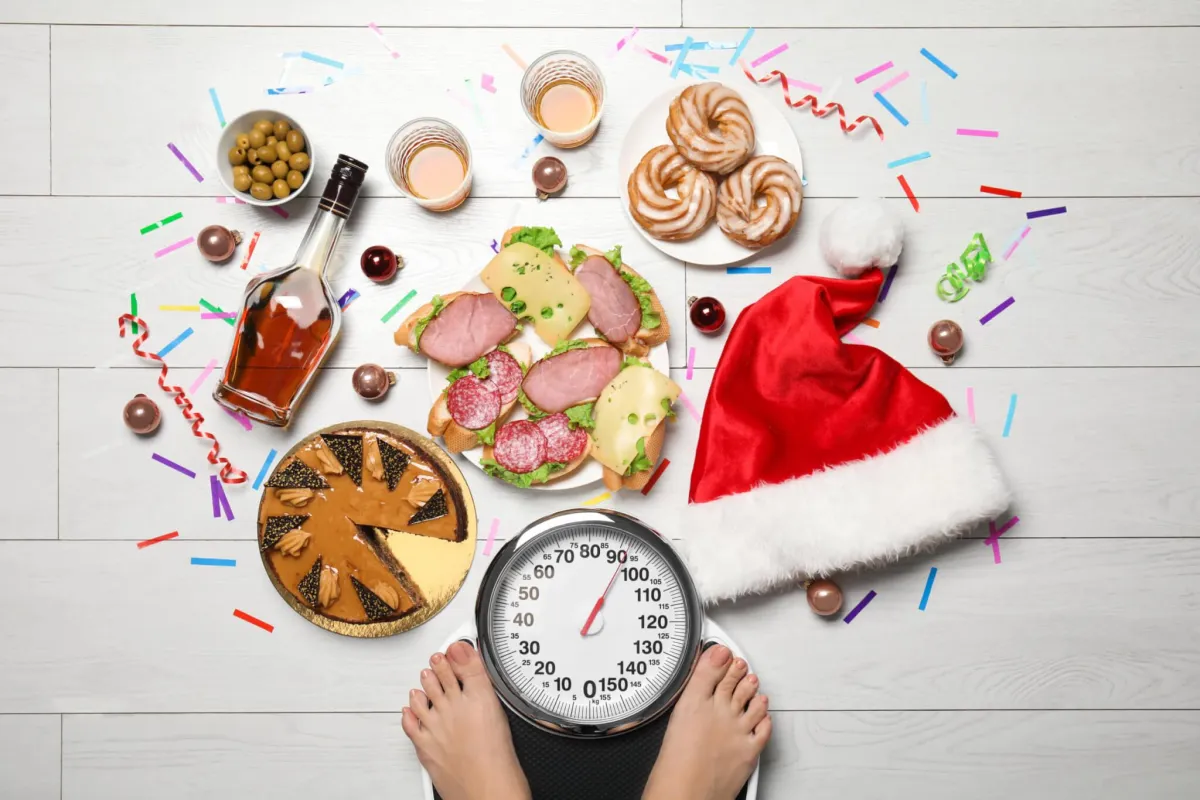
Beginners guide to Hyperketosis Diet
What is the Hyper Ketosis Diet
The Hyper Ketosis Diet is a more intense version of the ketogenic diet. It emphasizes an even higher fat intake, moderate protein, and extremely low carbohydrates to push the body into a state of deep ketosis. Ketosis is a metabolic state where the body burns fat for energy instead of glucose, producing ketones as a byproduct.
How Does Hyper Ketosis Work?
When you drastically reduce carbohydrate intake, your body depletes its glycogen stores and starts using fat as its primary energy source. In hyper ketosis, the fat intake is significantly increased, which helps in:
Producing More Ketones: Higher fat intake ensures the liver produces more ketones for energy.
Sustaining Energy Levels: Fat becomes the primary source of sustained energy throughout the day.
Suppressing Appetite: Ketones act as appetite suppressants, making it easier to stick to the diet.
Benefits of the Hyper Ketosis Diet
Rapid Weight Loss
By reducing carbs and forcing the body to burn fat, hyper ketosis accelerates weight loss.Improved Mental Clarity
Ketones are a more efficient fuel for the brain than glucose, leading to better focus and concentration.Increased Energy Levels
Fat provides a steady energy source, preventing the spikes and crashes associated with carbs.Enhanced Metabolism
The diet can help boost metabolism by improving fat oxidation.
What to Eat on the Hyper Ketosis Diet
To achieve and maintain hyper ketosis, focus on these food groups:
High-Fat Foods
Avocados
Nuts and seeds (almonds, chia seeds, flaxseeds)
Fatty fish (salmon, mackerel, sardines)
Coconut oil, olive oil, and butter
Cheese and cream
Moderate-Protein Foods
Chicken thighs
Eggs
Pork
Beef
Tofu
Low-Carb Vegetables
Spinach
Broccoli
Zucchini
Cauliflower
Kale
Foods to Avoid
Sugary drinks and snacks
Bread, pasta, and rice
High-carb fruits (bananas, apples, grapes)
Starchy vegetables (potatoes, corn)
Processed and junk foods
How to Start the Hyper Ketosis Diet
1. Calculate Your Macros
A typical hyper ketosis diet consists of:
75–80% fat
15–20% protein
5% carbs
2. Meal Plan and Prep
Prepare meals in advance to ensure you have keto-friendly options readily available.
3. Monitor Your Ketone Levels
Use a ketone meter or urine strips to check if you’re in ketosis.
4. Stay Hydrated
Drink plenty of water and replenish electrolytes to avoid dehydration and keto flu.
5. Gradual Transition
Start by reducing carbs gradually instead of cutting them out abruptly.
Potential Risks of the Hyper Ketosis Diet
Keto Flu
Symptoms like fatigue, headaches, and nausea may occur during the initial transition.Nutrient Deficiencies
The restrictive nature of the diet can lead to vitamin and mineral deficiencies.Digestive Issues
A high-fat diet can sometimes cause constipation or diarrhea.Unsustainability
The extreme nature of hyper ketosis may make it hard to follow long-term.Medical Conditions
It may not be suitable for individuals with kidney or liver issues.
Tips for Success on the Hyper Ketosis Diet
Keep a Food Journal: Track your meals and macros daily.
Experiment with Recipes: Try new keto-friendly recipes to keep meals exciting.
Incorporate Intermittent Fasting: Pairing the diet with fasting can enhance ketosis.
Listen to Your Body: Adjust your diet based on how your body reacts.
Seek Professional Guidance: Consult a dietitian or nutritionist before starting.
Conclusion
The Hyper Ketosis Diet offers a powerful way to lose weight, boost energy, and improve mental clarity. However, it requires dedication, planning, and careful monitoring to succeed. By understanding the principles of this diet and preparing yourself with the right tools and knowledge, you can embark on a successful journey toward better health. Always consult with a healthcare professional before making significant dietary changes.
